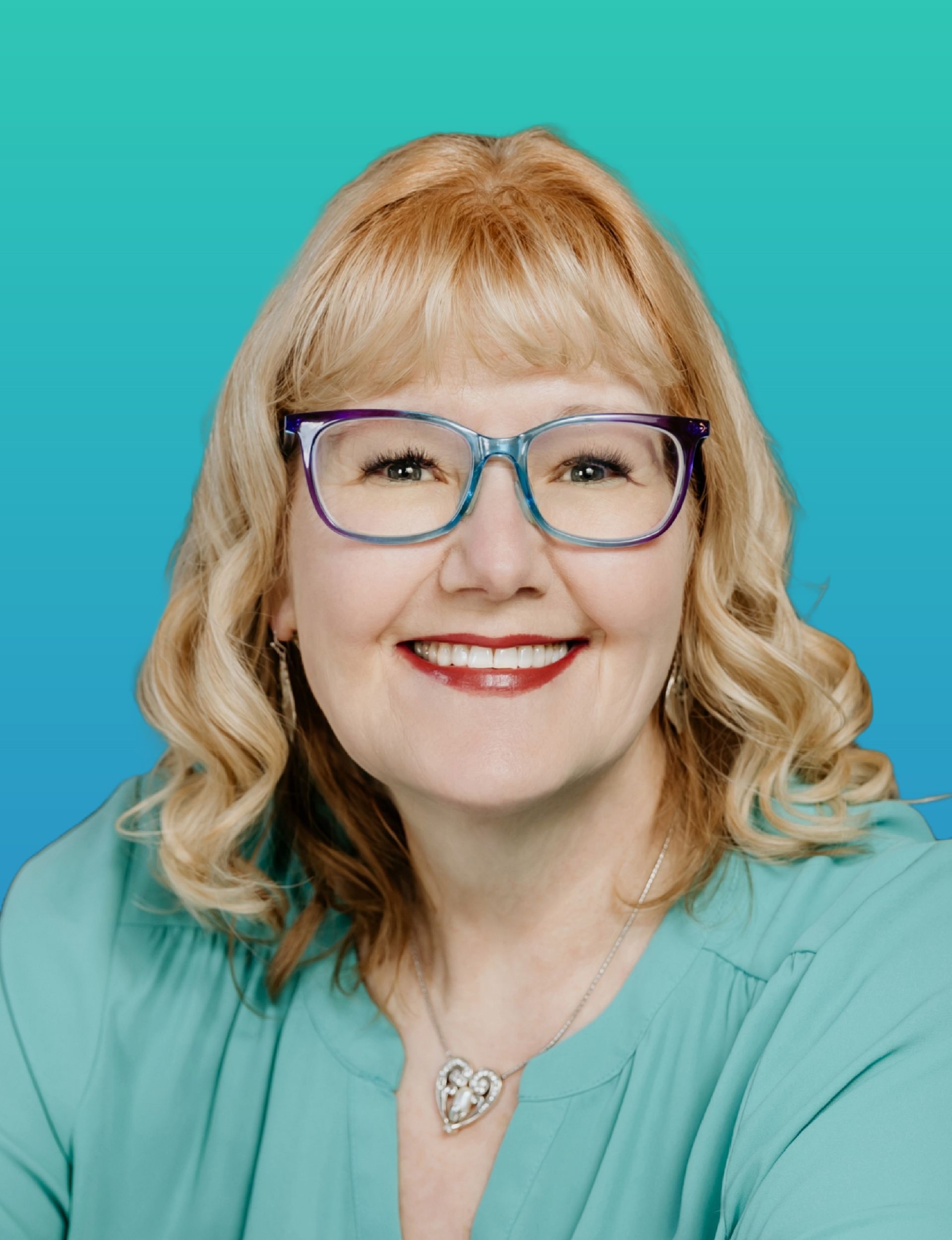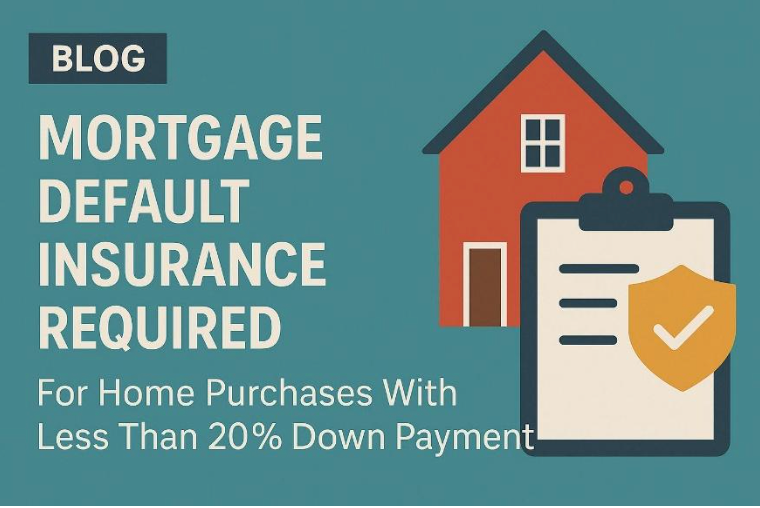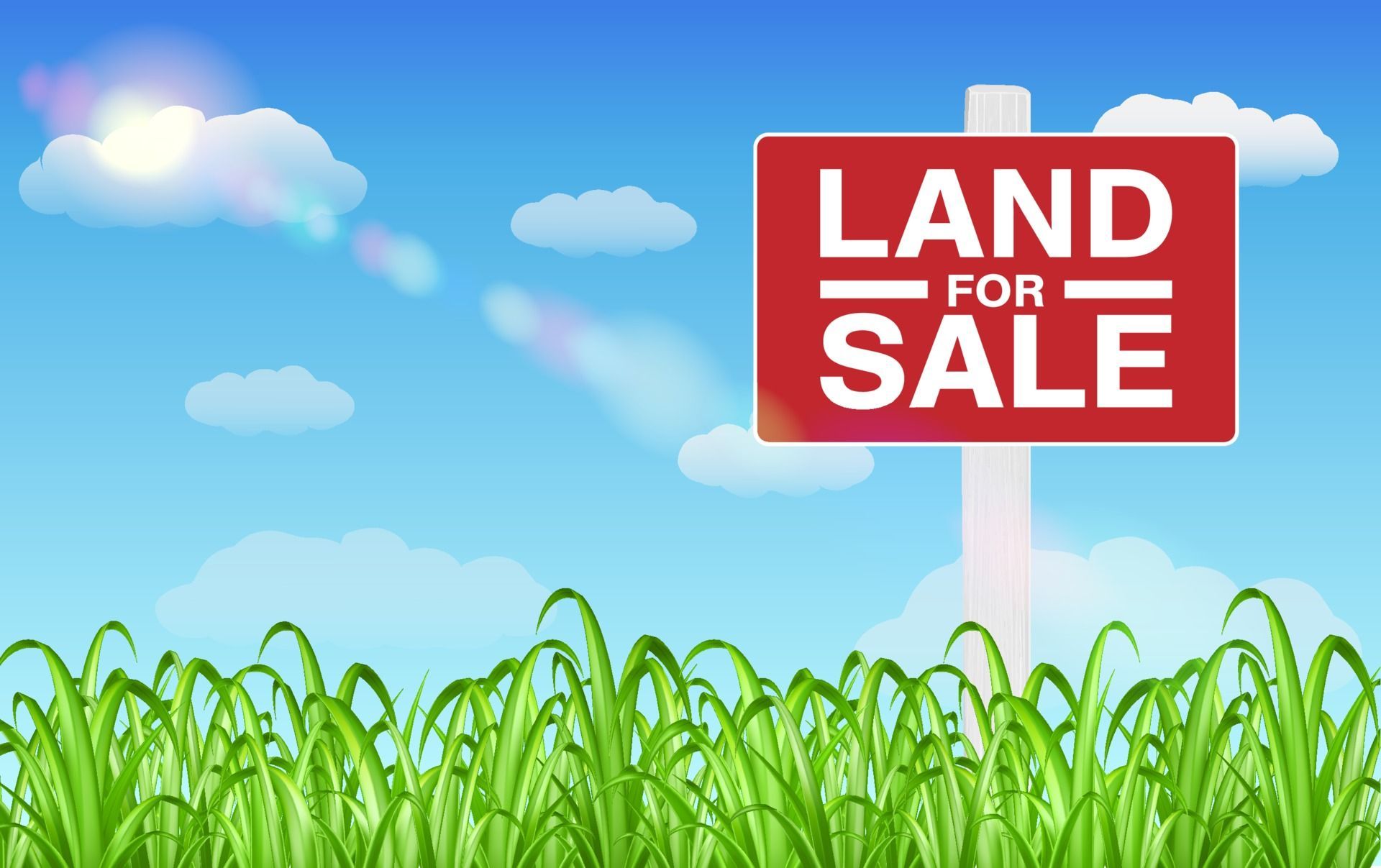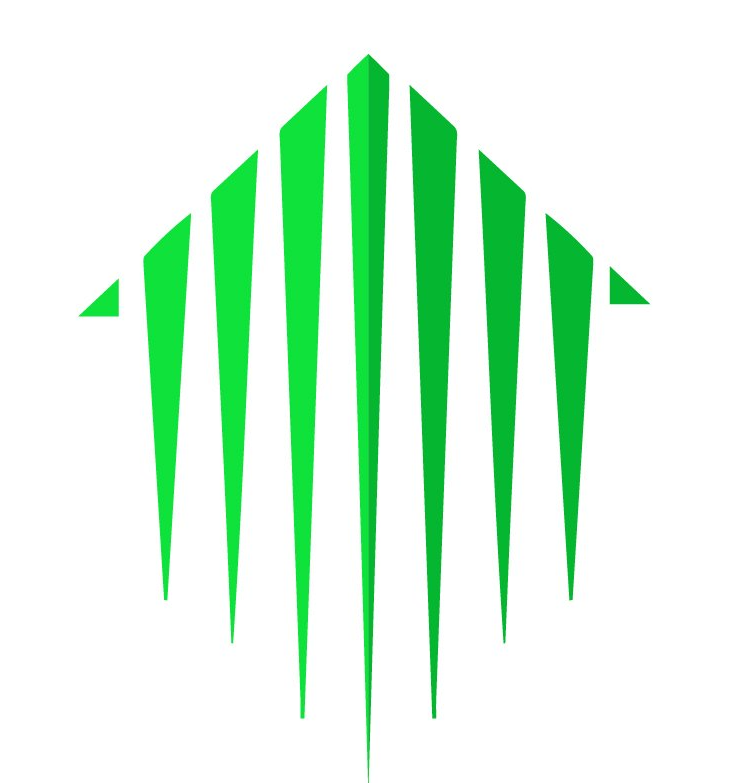Everything You Need to Know About the First-Time Home Buyer Incentive
On Sept. 2, 2019, the Canadian federal government launched the new First-Time Home Buyer Incentive (FTHBI). The intent of the plan is to help makes mortgages more affordable for qualified first-time home buyers. The government has allocated $1.25 billion over three years for the First-Time Home Buyer Incentive. Mortgages approved under the program can close Nov. 1, 2019 or later.
The FTHBI will start providing interest-free shared-equity loans to interested home buyers in the form of down payment assistance. The federal government will help with your down payment in exchange for an equity share in your home.
How the program works:
Participants must put down at least 5% of the home’s value with their own money, while the government (through the Canada Mortgage and Housing Corporation) would contribute an additional 5% of the down payment if the purchase is of an existing home, or 10% if it’s a new build.
Home buyers don’t need to make any monthly payments (principal or interest) on FTHBI, and the loan must be repaid after 25 years or when the home is sold.
The CMHC shares proportionately in any future gains or losses in home value.
How does this help you as a first-time buyer?
The additional down payment from FHTBI helps reduce your mortgage default insurance premium, and lowers your monthly mortgage payments, which can result in significant savings over the life of your mortgage.
Who is eligible for the Incentive? To qualify for the Incentive, the following must apply:
- The Home buyer’s total qualifying annual income shall be no more than $120,000.
- If there is more than one Home buyer, the combined qualifying annual income shall be no more than $120,000.
- Examples of qualifying annual income include salary before taxes and investment income
- Total borrowing is limited to no more than 4 times the qualifying income. The combined first insured mortgage and Incentive amount cannot exceed four times the total qualifying income. If there is more than one Home buyer, the combined borrowing is limited to no more than 4 times the combined qualifying income.
- The Home buyer must be a Canadian citizen, permanent resident or non-permanent resident who is legally authorized to work in Canada.
- At least one Home buyer (if more than one on title) must be a first-time Home buyer, as per the definition below:
- they have never purchased a home before; or
- in the last 4 years, they did not occupy a home that they or their current spouse or common-law partner owned; or
- they are experiencing a breakdown of a marriage or common-law partnership (in certain cases, even if/when the other first-time Home buyer requirements are not met).
 What Kind of Property Can I Purchase?
What Kind of Property Can I Purchase?
The mortgage of a property cannot exceed more than four times the maximum household income of $120,000 , which caps out at $480,000. This means the highest price for a home available to be purchased through this program will be between $500,000 and $575,000 , depending on the size of your down payment.
Sadly, if you’re looking to purchase property in a city like Vancouver or Toronto, it won’t be a house. Pricing in these markets is competitive and the cost of a home is steep. In July 2019, the average price of a home in Vancouver was $826,165 and in Toronto, $982,427, Bloomberg reports.
CMHC President and CEO Evan Siddall has responded to criticism over the effectiveness of the program in these markets by saying: “No program is going to work as well in higher-priced markets. Using 2018 data, 2,300 home buyers would have qualified in Toronto and 1,100 in Vancouver. Around 25% of home sales in Toronto in 2018 were for homes under $500K and 17% in Vancouver.”
The CMHC expects 100,000 home buyers to participate in the program over the next three years.
How Much Will This Program Save Me?
If a family is looking to purchase a new $500,000 home with a $25,000 down payment, this program could save them as much as $286 per month or more than $3,430 a year . This statistic will change depending on the type of home purchased, amount of FTHBI (5% or 10%) and in which market it is bought.
How Do I Apply?
Work with your mortgage broker to complete and sign the application documents . Your mortgage broker will submit the application to the Program Administrator on your behalf and at your request.
- Your mortgage broker will notify you if you have been approved for the Incentive under the FTHBI program and work with you to complete the next steps.
Restrictions
- The mortgage must be insured with Mortgage Default Insurance
- It’s only available to first-time buyers with a household income under $120,000
- Participants must have a minimum 5% down payment
- Household income cannot exceed $120,000 per year
- Something to consider is that if you choose not to use the FTHBI program, with the same income of $120,000 your maximum purchase price would be higher. Allowing for property taxes and heat, your purchase price would be approximately $575,000.
Additional Information
The government’s contribution to your down payment will be registered as a second mortgage against your home
- There will be an additional charge at the lawyer’s for registering the equity share against the title of your home. You will need to get a quote from your specific legal representative (estimated around $200)
- When it comes time to repay the equity share, an appraisal will be required to determine the current value of your home, so there will be the cost of the appraisal to cover.
Repayment of the government’s share is triggered by either the sale of your home or when you hit the 25 years.
Other Programs to Help Homeowners
Government of Canada Programs to Support Home buyers check out the link for programs that government offers to help home buyers
- Home Buyers Plan (HBP) : Qualifying home buyers can withdraw up to $35,000 from their RRSPs to assist with the purchase of a home. The funds are not required to be used only for the down payment, but for other purposes to assist in the purchase of a home.
Resources
- Program – Highlights ( PDF)
- Application Process – Interactive Illustration (PDF – Download)
- Operational Policy Manual (PDF)
- Questions & Answers (PDF)
Legal Documents and Forms
- SEM – Agreement Form (PDF) – For Solicitors to use only
- FTHBI – SEM Information Package (PDF) – For borrowers to use, solicitors to retain this document
- SEM Attestation and Consent Form (PDF) – For borrowers to use, lenders to retain this document
To learn more and apply for the First-Time Home Buyer Incentive, visit www.placetocallhome.ca/fthbi/first-time-homebuyer-incentive
Mortgages are complicated, but they don’t have to be… Engage an expert!
Give me a call and let’s discuss a mortgage that works for you (not the bank)!








